Bulb Layering Ideas: Learn About Succession Planting With Bulbs
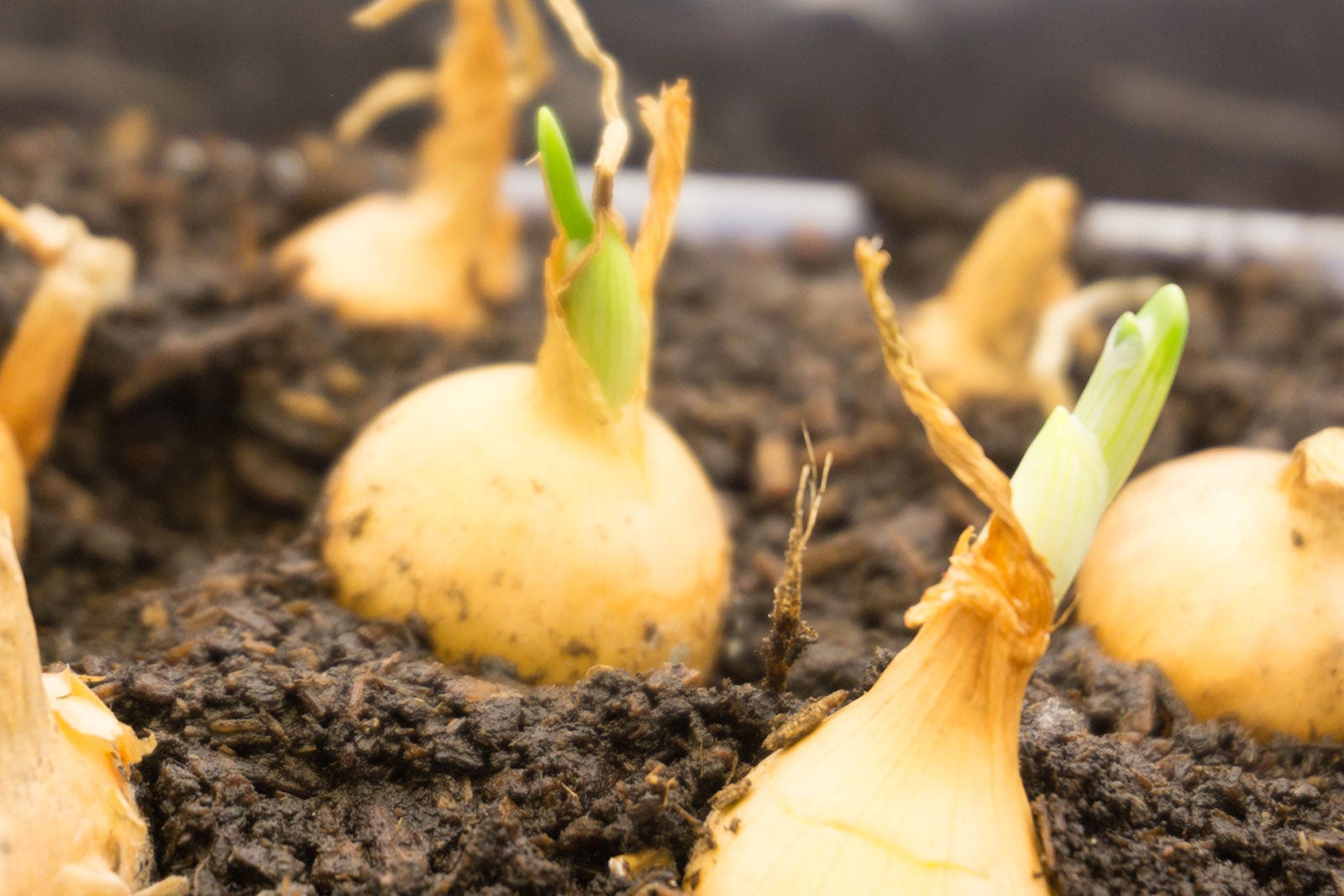

If you want a continuous swath of beautiful bulb color, then succession bulb planting is what you need to achieve. Succession planting with bulbs will yield a season-long display of flamboyant and bright flowers. The key to the process is knowing the heights of the flowers and the bloom times.
What is Succession Bulb Planting?
Planting bulbs in layers at the appropriate depths, and with an eye towards finished heights, will result in non-stop glory in even the smallest of garden beds. Bulb layering ideas should be planned out in advance. You can't just pop in bulbs in a willy-nilly manner, but should instead plot out the effect. Once it is done correctly, your garden will be the envy of everyone on the block.
If you are familiar with lasagna gardening, succession planting with bulbs will ring a bell. Much like a lasagna garden where each layer is a complimentary amendment, planting bulbs in layers will produce a well-balanced flower garden that goes and goes and goes.
Consideration of the varieties, color scheme, the timing of bloom, size of plants, and more must all be taken into consideration to achieve the desired outcome. The goal is to have a new species coming up just as the previous blooms have faded. With careful orchestration, the space will never be without flowers and color.
Bulb Layering Ideas
If you want that glossy magazine impact, start by selecting your bulbs. Choose large, medium, and small bulbs, as they will be layered according to planting depth and will bring the most diversity to the space. Select species with different bloom times so you can have (depending on your zone) flowers from spring through winter.
- For a spring display, for example, try the classic combos of grape hyacinth, daffodils, and tulips.
- For summer color, you might plant alliums, lilies, and gladioli.
- Well into autumn will find such flowers as begonias, colchicums, and magic lilies.
- Don't forget about winter. In temperate zones, crocus and snowdrop can even peek through snow.
How to Plant Bulbs in Layers
The first step is to get the beds ready by removing weeds and debris, and working soil deeply. Remove soil to a depth of 8-9 inches (20.5 to 23 cm.) but conserve it. Incorporate a time-release bulb food or bone meal into the soil.
Now take the largest bulbs, like giant alliums, tulips, or daffodils, and place them in the bottom of the area. Cover with a layer of soil. Next up are the medium-sized bulbs such as Dutch iris, muscari, or smaller tulips.
Gardening tips, videos, info and more delivered right to your inbox!
Sign up for the Gardening Know How newsletter today and receive a free copy of our e-book "How to Grow Delicious Tomatoes".
Add more soil and then the little guys. Crocus, anemone, and other tiny bulbs make up the top layer. Finish with more soil and be patient. When the season for each type of bloom arises, your bounty of color will burst out and reward your careful planning.

Bonnie Grant is a professional landscaper with a Certification in Urban Gardening. She has been gardening and writing for 15 years. A former professional chef, she has a passion for edible landscaping.
-
 Grow ‘Karl Rosenfield’ Peony Plants For The Ultimate Frilly Border Beauties And Cut Flowers
Grow ‘Karl Rosenfield’ Peony Plants For The Ultimate Frilly Border Beauties And Cut FlowersFor frilly double magenta peony petals infused with a heady fragrance, grow ‘Karl Rosenfield’ peony plants. Here’s how to cultivate the ultimate plushy blooms
By Tonya Barnett
-
 10 Common Composting Problems That Can Spoil Your Garden Gold – Plus Easy Fixes
10 Common Composting Problems That Can Spoil Your Garden Gold – Plus Easy FixesLearn how to troubleshoot common composting issues before they ruin your stash – from bad smells and bugs to materials not breaking down as they should.
By Susan Albert
-
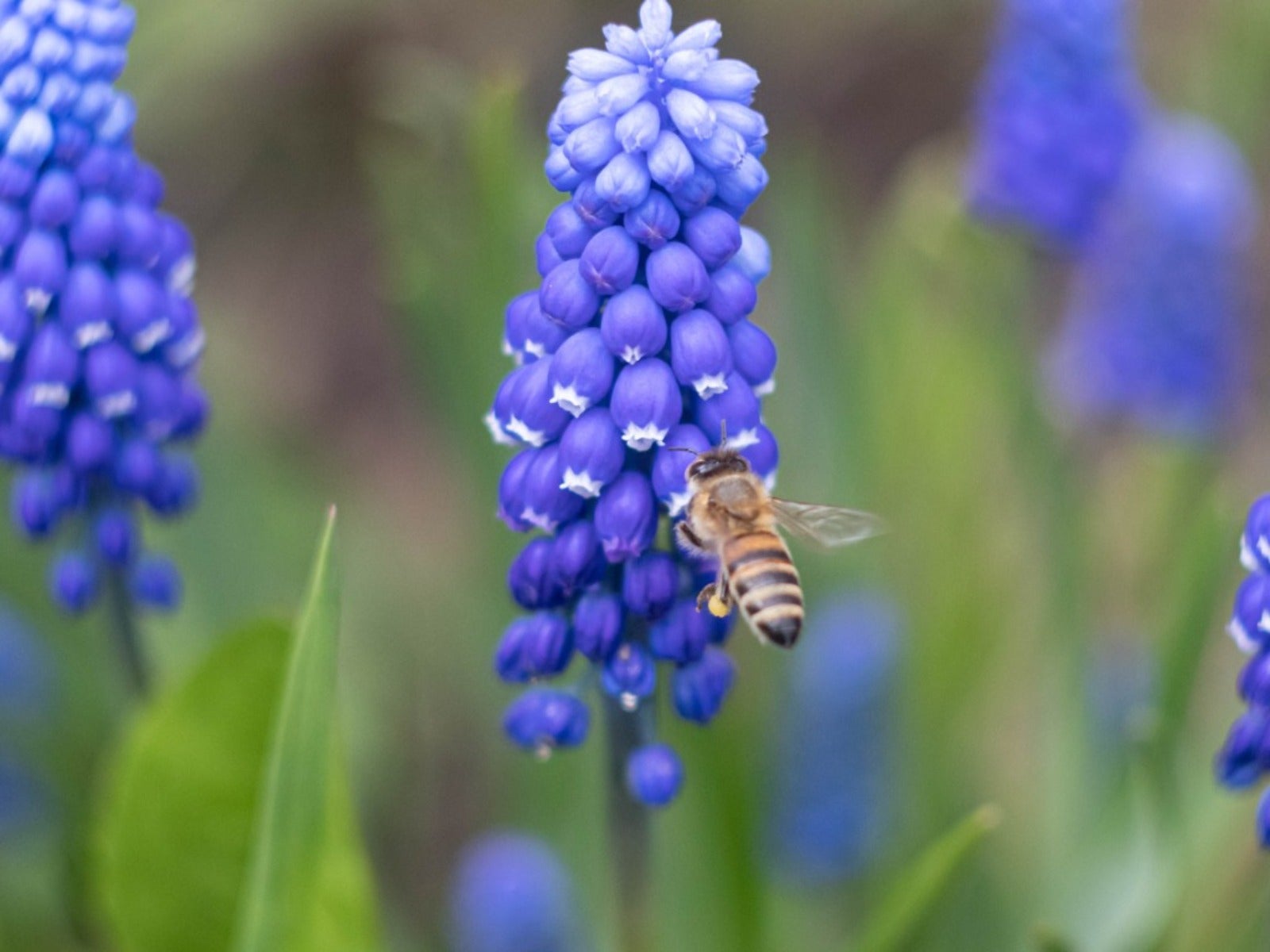 Pretty Spring Bulbs For Pollinators
Pretty Spring Bulbs For PollinatorsWhat are the best flowering bulbs for pollinators in spring? Click here to find out.
By Mary Ellen Ellis
-
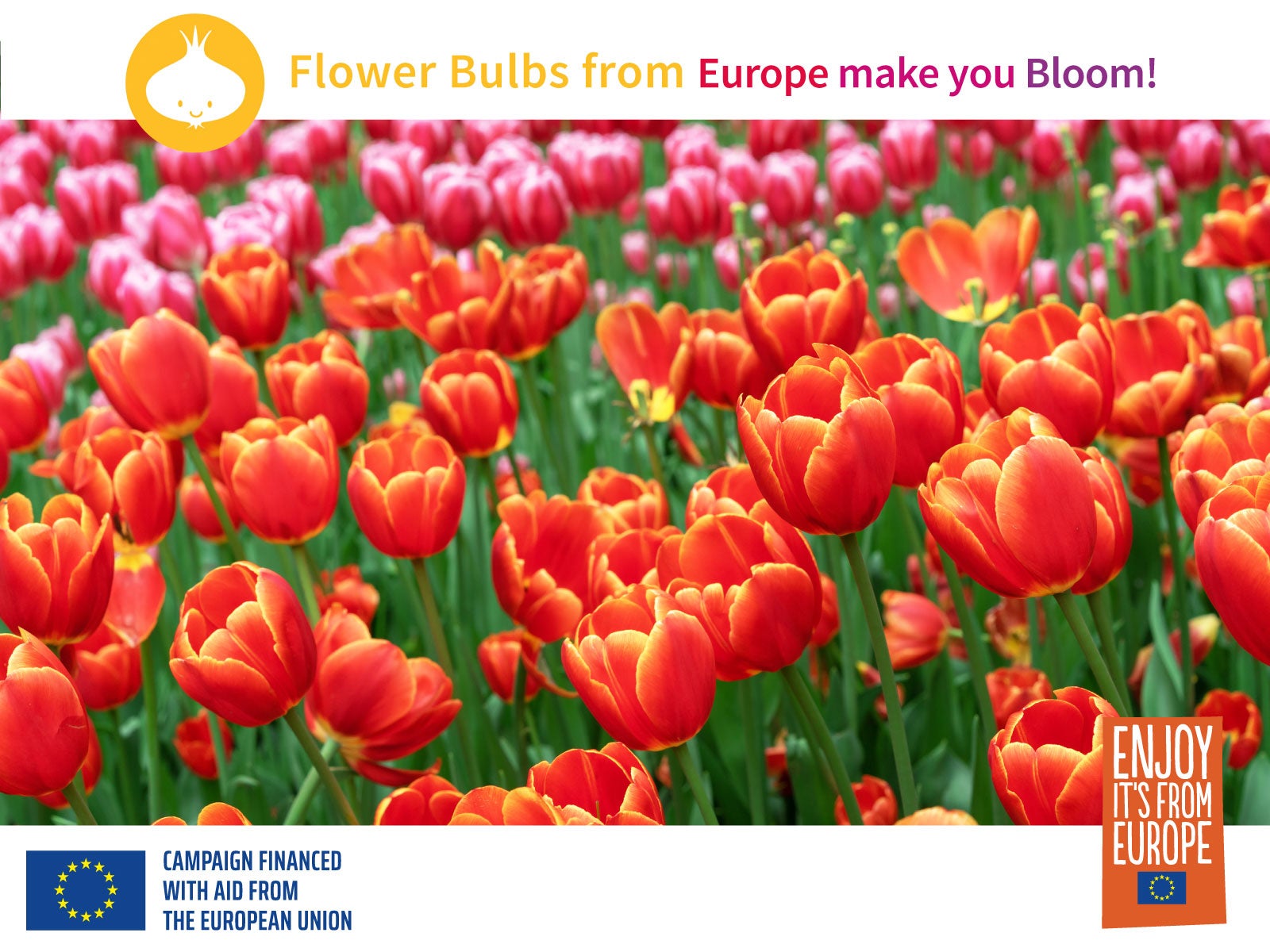 Grow An Early Spring Flowering Bulb Lawn
Grow An Early Spring Flowering Bulb LawnWant a lawn that nourishes pollinators, never needs weeding, and grows more beautiful every year? We have the lawn for you. Click for more.
By Caroline Bloomfield
-
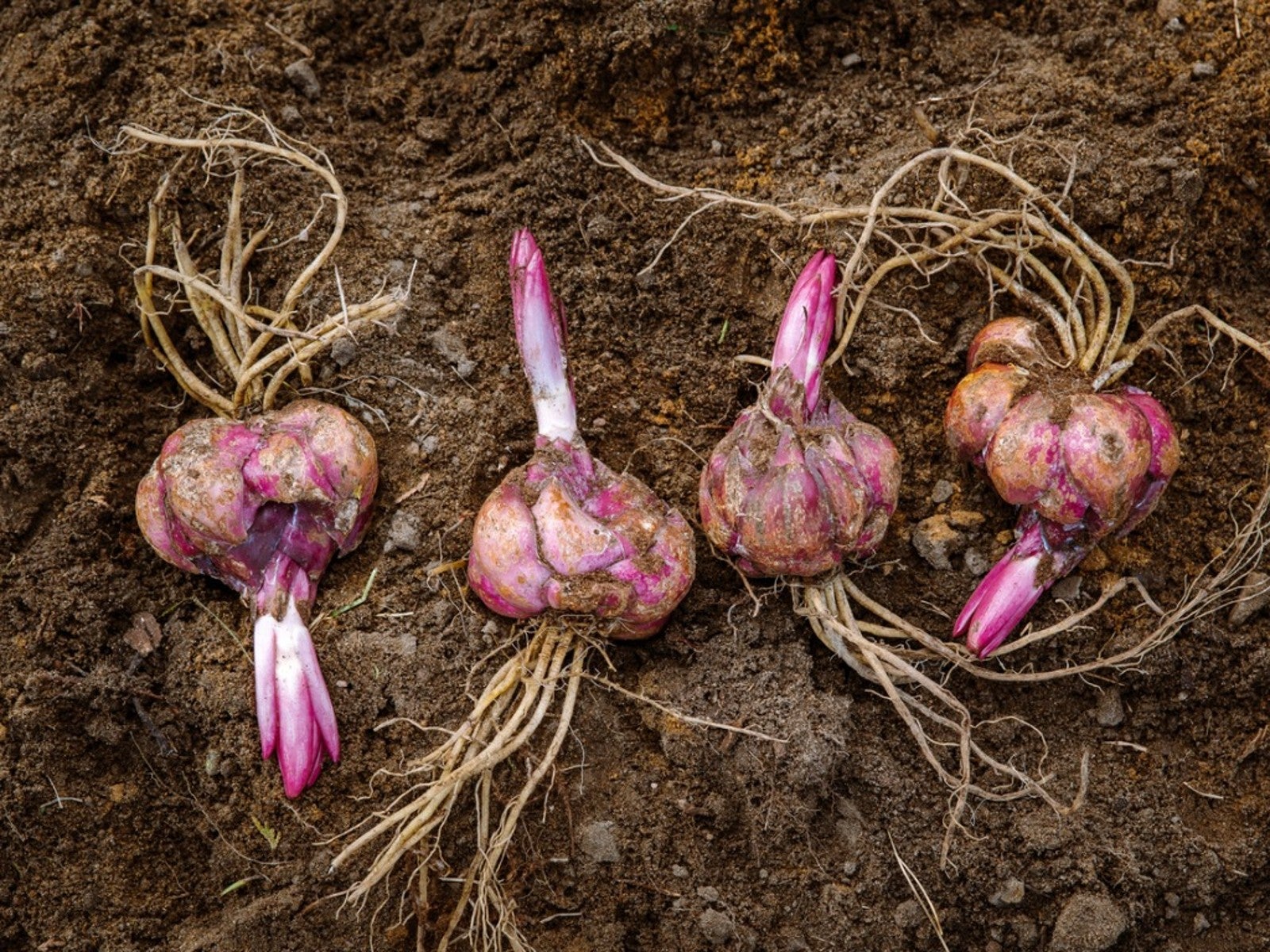 When To Dig Up Bulbs That Bloom In Summer
When To Dig Up Bulbs That Bloom In SummerClick here to learn when to dig up faded summer bulbs of some of the most common ornamentals grown.
By Tonya Barnett
-
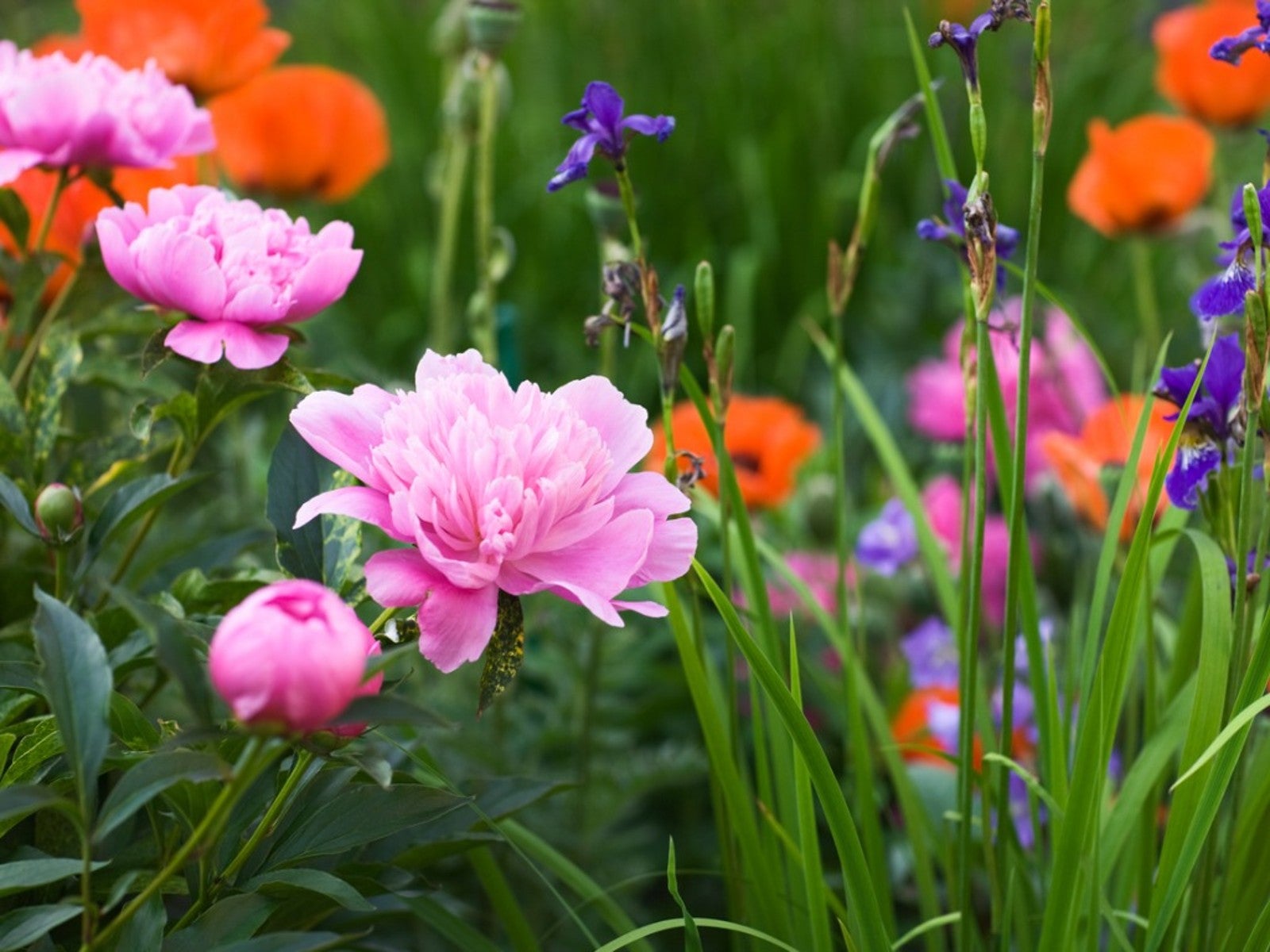 Corms, Tubers, And Bulbs That Are Deer Resistant
Corms, Tubers, And Bulbs That Are Deer ResistantWe love tulips, and so do deer! If you have hungry deer and you hunger for spring blooms, this article should help.
By Amy Grant
-
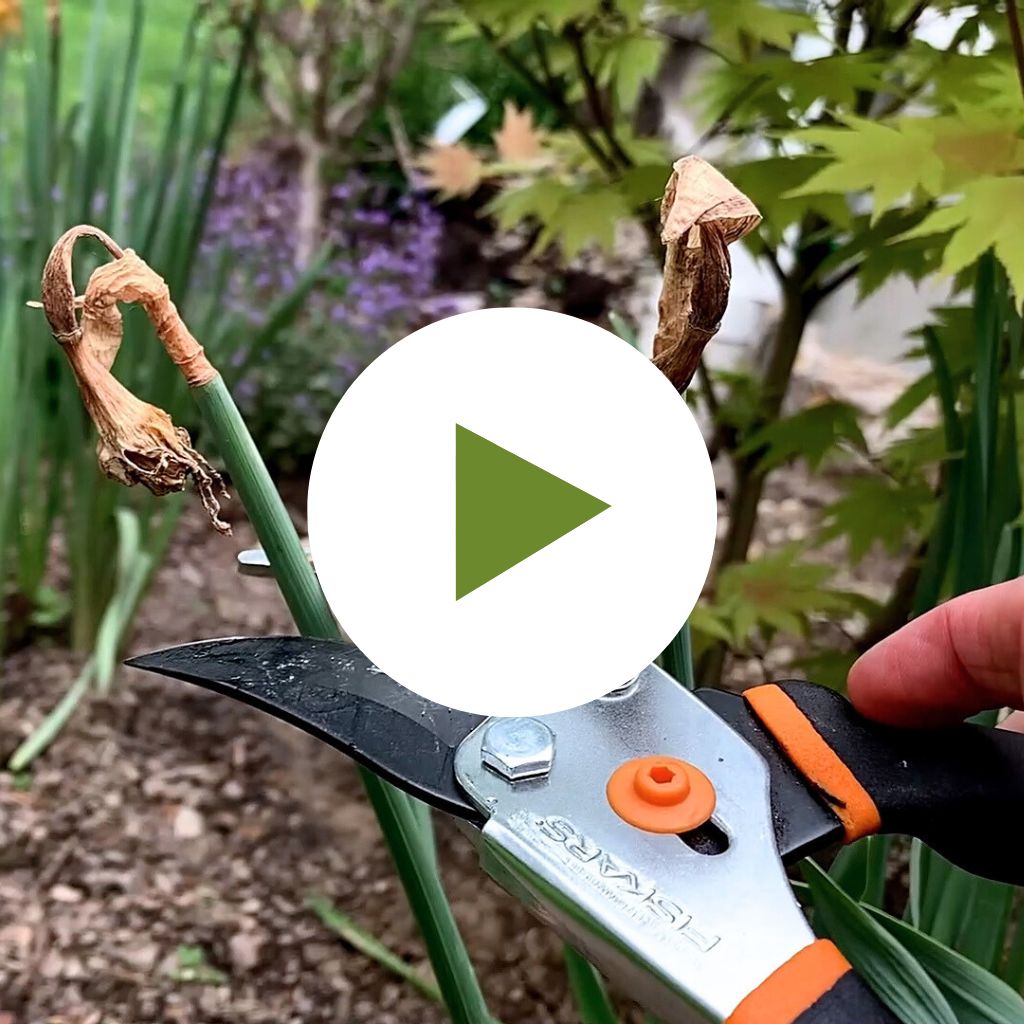 Care for Bulbs After Blooming
Care for Bulbs After BloomingIt's tempting to chop down the leaves after you bulbs have bloomed, but you have to resist this urge! Click to learn why.
By Amy Draiss
-
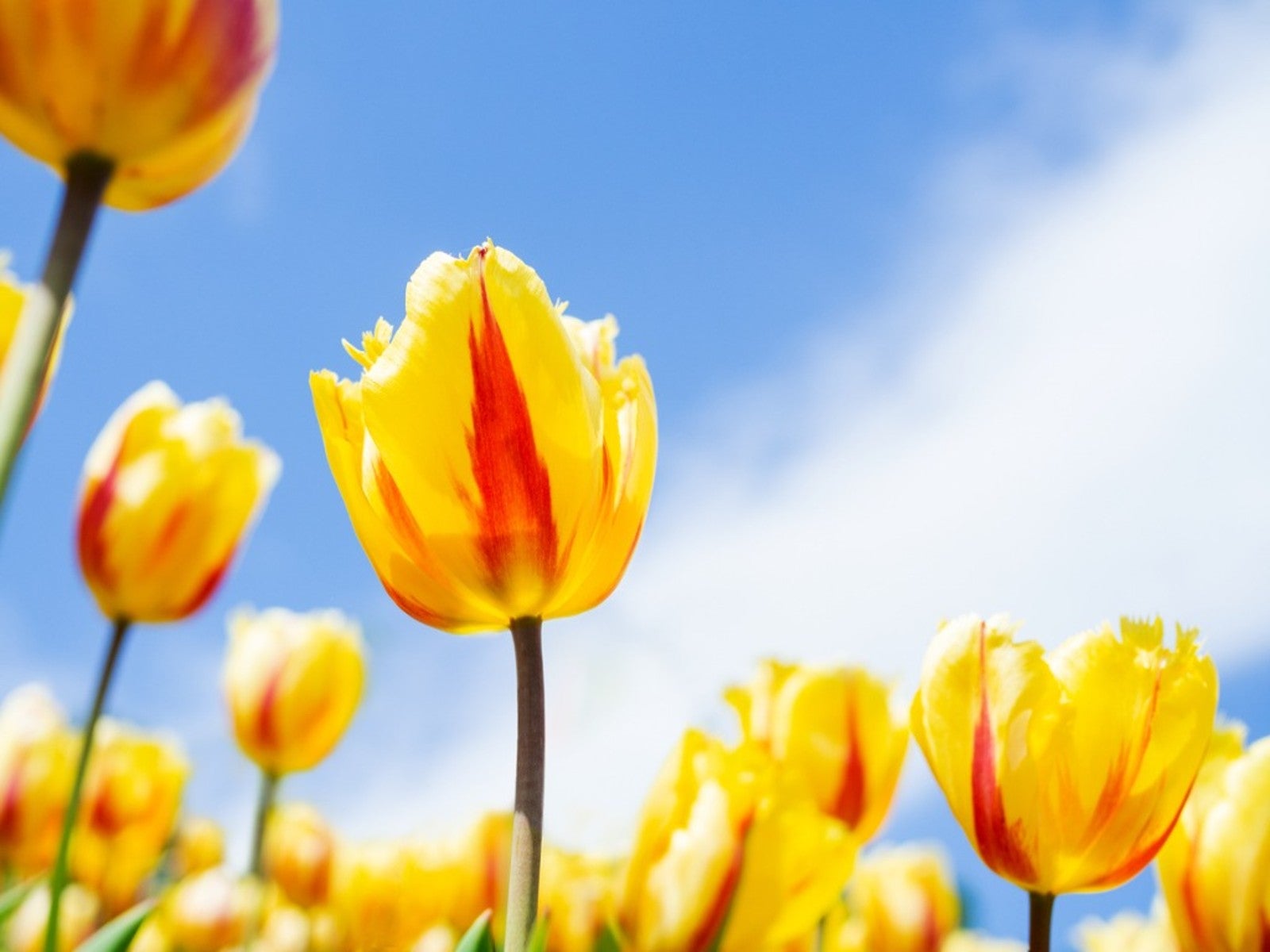 Best Spring Bulbs for Sun and Shade: Bulbs That Grow in Shade and Full Sun
Best Spring Bulbs for Sun and Shade: Bulbs That Grow in Shade and Full SunBulbs are beautiful harbingers of spring. Most flower bulbs thrive in full sun, but what if you have a shaded landscape? Read on for more.
By Amy Grant
-
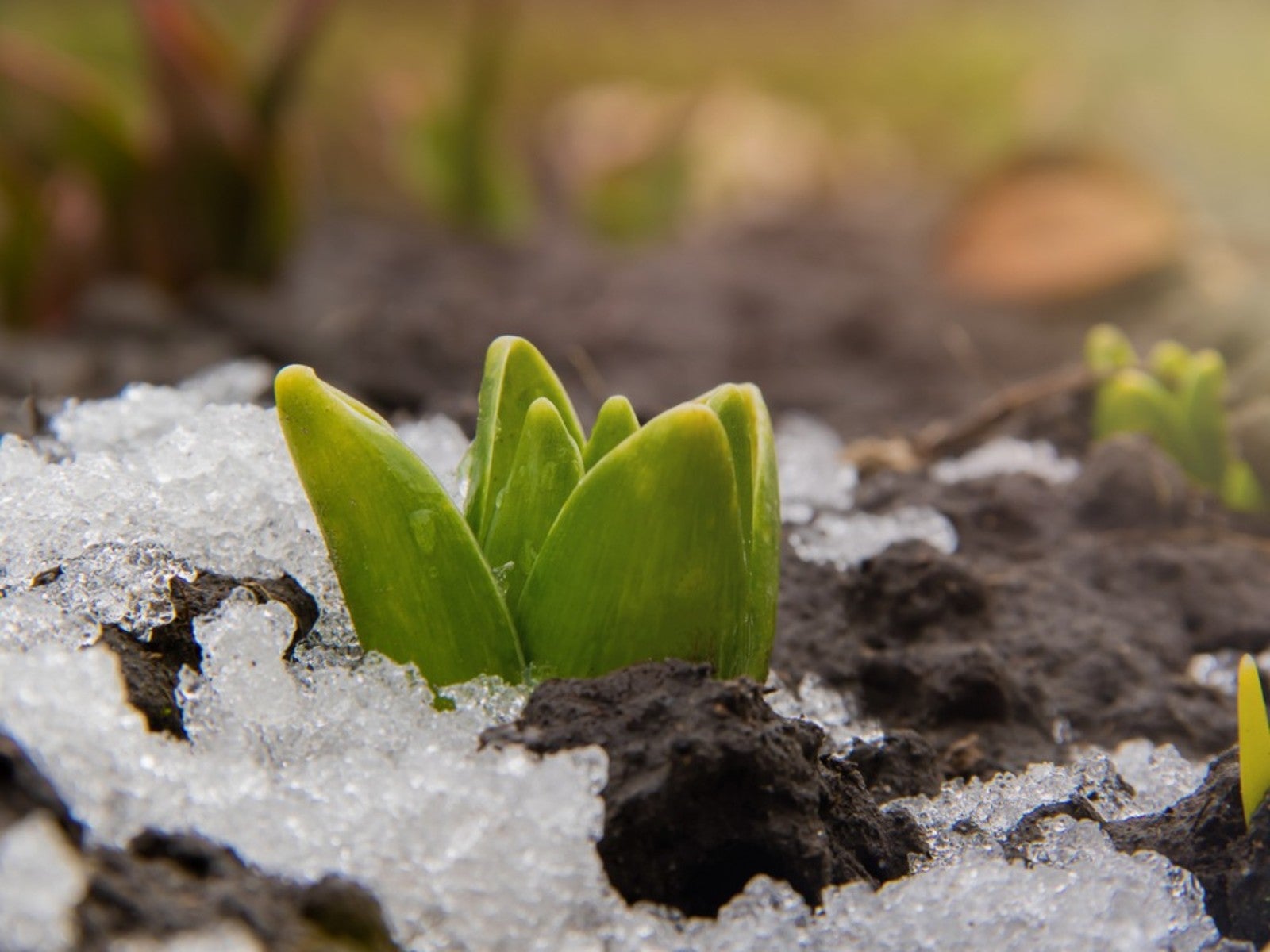 Bulb Life Cycle In Winter: What Bulbs Do For Months Under The Snow
Bulb Life Cycle In Winter: What Bulbs Do For Months Under The SnowDormancy in winter doesn't mean nothing is happening with bulbs. It just means you don't see any growth above the ground. Read on for more.
By Bonnie L. Grant
-
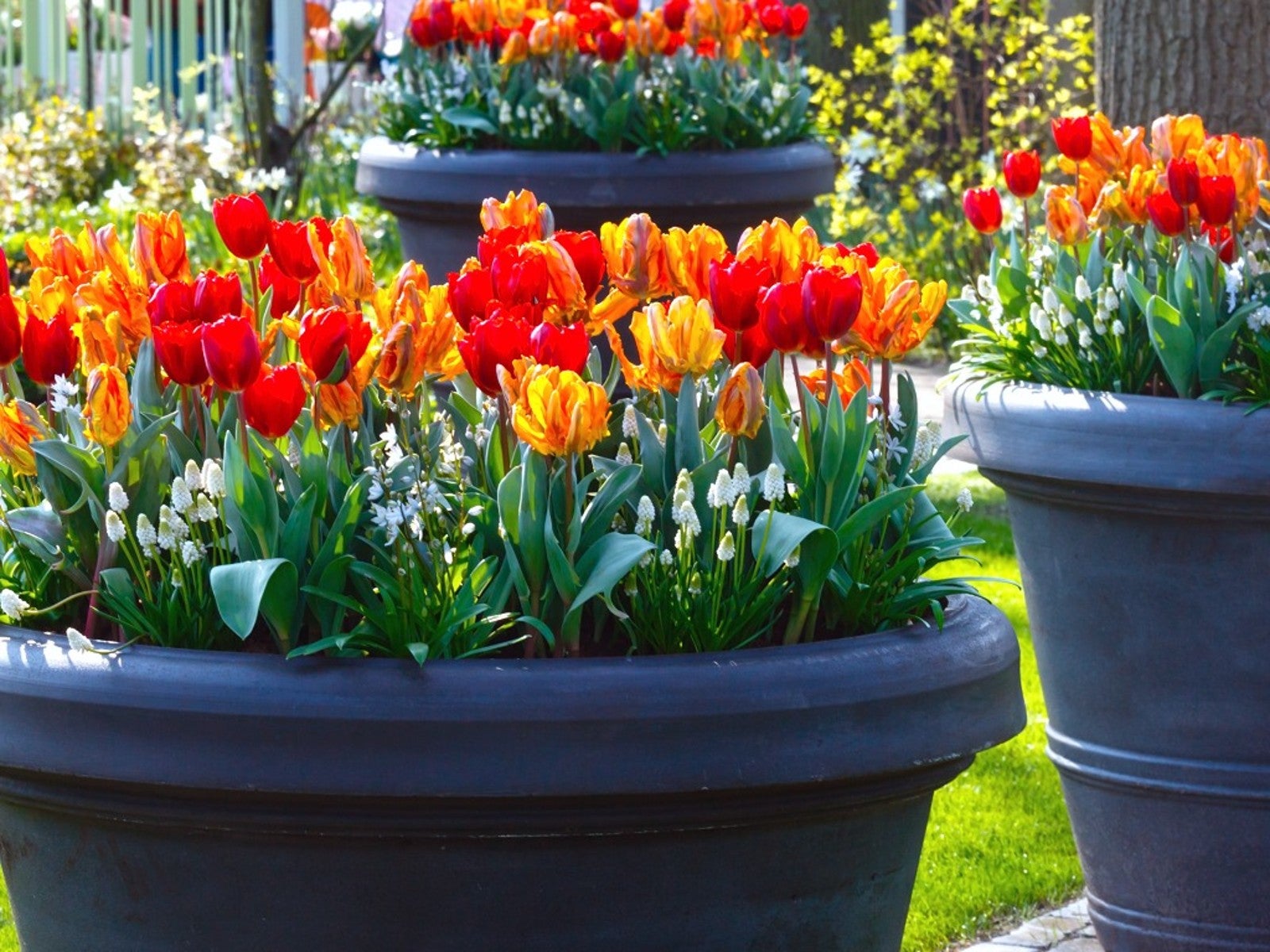 How To Plant Bulbs In Pots - Lasagna Style
How To Plant Bulbs In Pots - Lasagna StylePlanting bulbs in containers is an easy way to create a gorgeous spring porch arrangement, especially when you use the lasagna method.
By Laura Walters